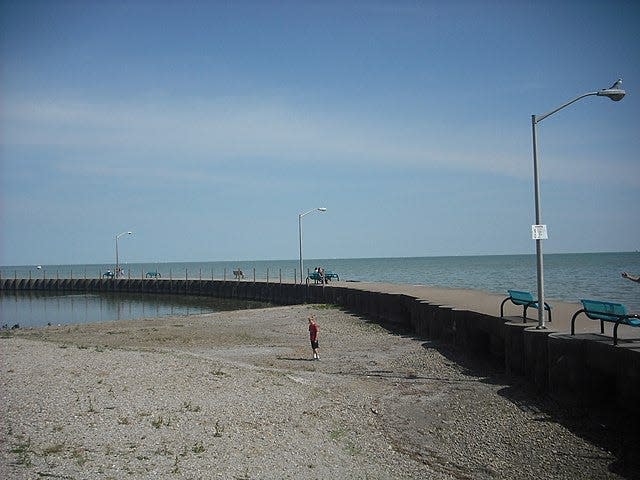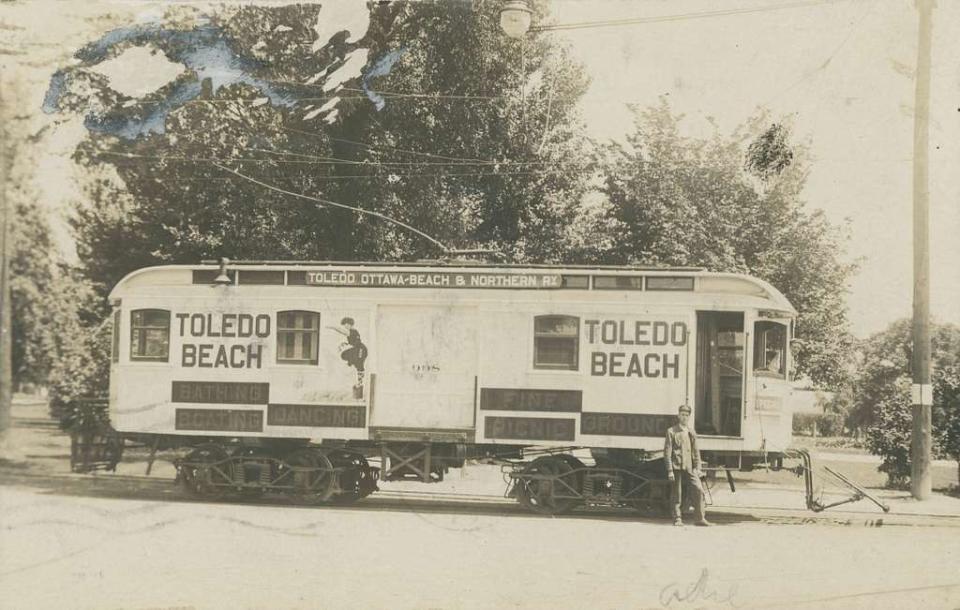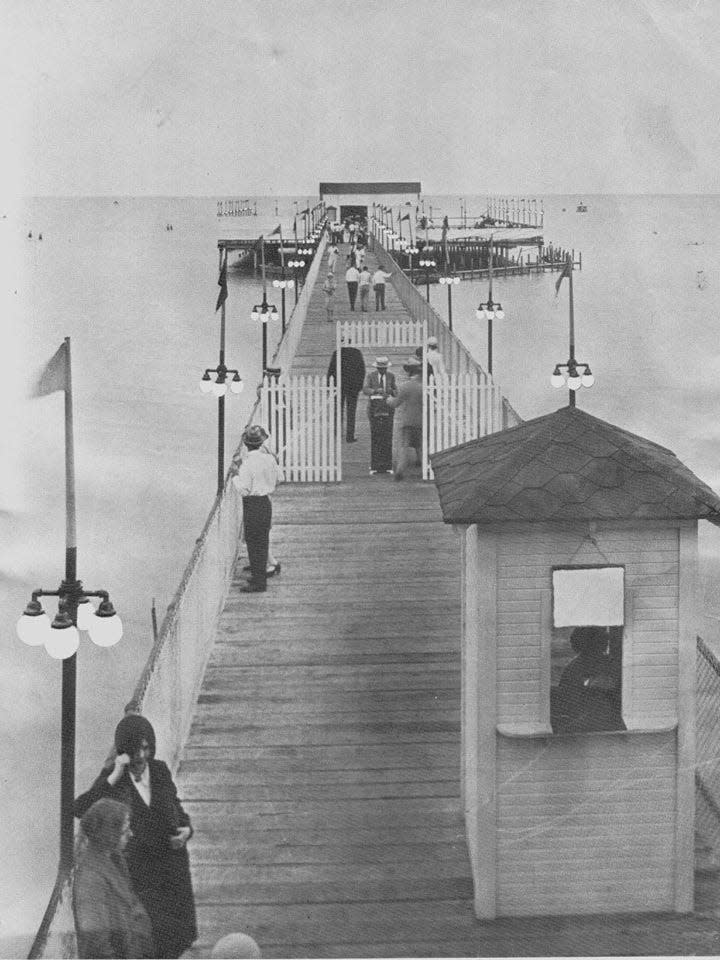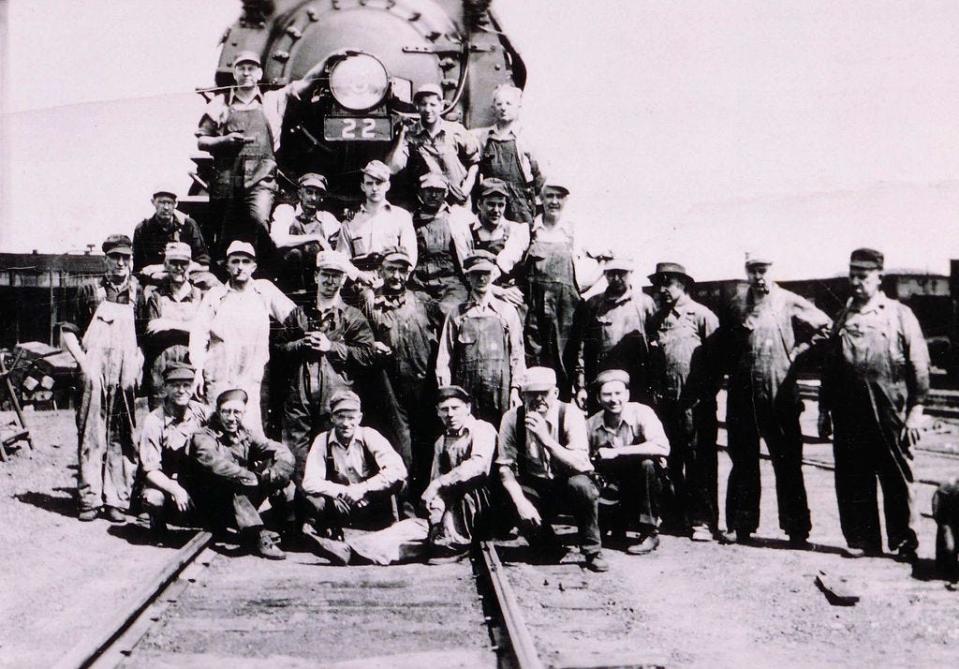Luna Pier's history as recreation destination dates back decades

When I was a young librarian in the 1990s, I served as both the technical services librarian at the Ida Rupp Public Library in Port Clinton, Ohio, and, for a time, as the interim library director at the Oak Harbor Public Library in nearby Oak Harbor, Ohio – home of the Davis-Bessie Nuclear Power plant on Lake Erie. While I would often run along the lakeshore in both communities, I did not realize that across the water on a clear day one could see Luna Pier – a Monroe County town with a rich and interesting history.
Originally known as the small fishing community of Lakewood in the early 1900s, Luna Pier later derived its official name from the long, wooden pier constructed in 1920. The location was a popular dance venue throughout the Roaring 1920s and the Great Depression of the 1930s. Well-known dance bands of the day, including Guy Lombardo’s Royal Canadians and the Benny Goodman Orchestra, were booked at the site. On some weekends, over 700 men and women danced over the moonlit waters of Lake Erie.

As I have written previously, The Toledo Rail Light and Power Co.’s interurban line – the Toledo, Ottawa Beach and Northern Railway – was said to run from Summit Street in downtown Toledo through Point Place and along the east side of what is now I-75 into Luna Pier (on present-day Harold Drive) and ended with a turnaround stop at Toledo Beach. Thus, it brought many people to Luna Pier on the weekends after a long week working in Toledo’s factories and offices.

The pier later collapsed in the winter of 1948 under the weight of ice because steel reinforcements weren’t allowed due to World War II ration restrictions. The community returned to its fishing and summer resort roots. It was during this time that Erie Township had jurisdiction over the area. One of its leading citizens, Clyde Evans, operated a hardware store in Luna Pier from 1949 to 1968 and a marina from 1958 to 1965. He also served on the Erie Township Board prior to becoming Luna Pier’s first mayor.

According to current mayor and longtime Luna Pier resident Jim Gardner, Evans became extremely frustrated when he could get no support for infrastructure investment. As Gardner describes, “We were considered hoodlums and troublemakers – not worth their time or money. Evans told them we would break away and start our own city, which is exactly what happened – creating the Luna Pier Citizens for Home Rule Committee, which lobbied for a special election held in January 1963. Evans proceeded in drawing the border around the “new” JR Whiting power plant (which opened in 1953) to capture the tax revenue. They pulled it off, and I moved here with my family in 1964, just in time to see the amazing progress that made us who we are today – with paved streets, city water/wastewater system, a dike system, streetlights and much more.”
Evans has a drive named after him in Luna Pier, and, according to Gardner, Evans named Luna Pier’s main street after a nemesis from the Erie Township Board. According to Gardner, “I have not been able to confirm this, but the story is that our main street through town was renamed Harold Drive before the transfer took place after Harold McClain – the Erie Township supervisor at the time – just as a parting shot when they knew they were defeated.”
Today, Luna Pier sports resort housing and summer festivals. According to Gardner, “All the rest I can vouch for as the troublemakers made a really nice lakeside community for themselves through the work of visionary leaders.”
Tom Adamich is president of Visiting Librarian Service, a firm he has operated since 1993. He also is project archivist for the Greening Nursery Co. and Family Archives and the electric vehicle awareness coordinator at Monroe County Community College.
This article originally appeared on The Monroe News: Luna Pier's history as recreation destination dates back decades

